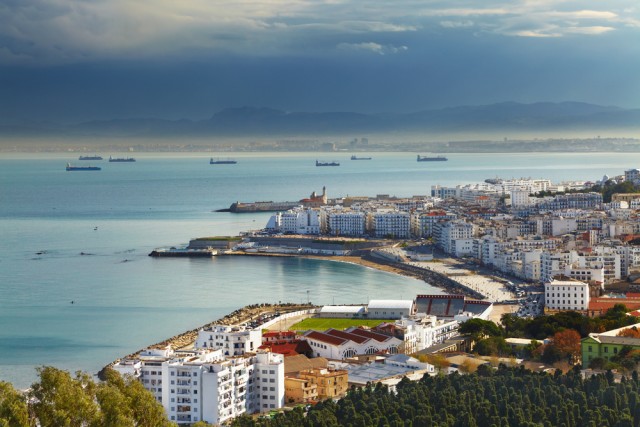Algiers
Algiers, the capital of ALGERIA, is situated on a hillside overlooking the Mediterranean Sea. Home to 3.7 million people, it is one of the major cities of North Africa. The various sections of the old city show the different cultures that have influenced Algiers: French-style districts of wide boulevards alternate with Arab sections such as the Casbah, a neighborhood of narrow winding passageways. On the plain spreading to the south and east lies a growing industrial area and new suburbs.
First settled by the ancient Phoenicians, Algiers was destroyed by the Vandals in the A.D. 400s. Rebuilt by BERBERS in the 900s, the city later belonged to the Ottoman Empire. In 1830 the French captured Algiers; they controlled it until 1962, when Algeria won its independence. After independence, the Algerian government made efforts to modernize the capital. Many rural people migrated to Algiers, replacing departing French settlers who had lived and worked there. By the mid-1960s, Algiers claimed Algeria's highest literacy rate and had the most cars, buses, hospitals, theaters, libraries, museums, and sports complexes. Over the next few decades, industries in the Algiers region produced increasing amounts of agricultural goods, textiles, wood, paper, and mechanical and electrical machinery. Unchecked industrial growth, however, began to damage the surrounding farmland. In the 1980s the government ordered an end to expansion and relocated large numbers of new residents. (See also Architecture.)
